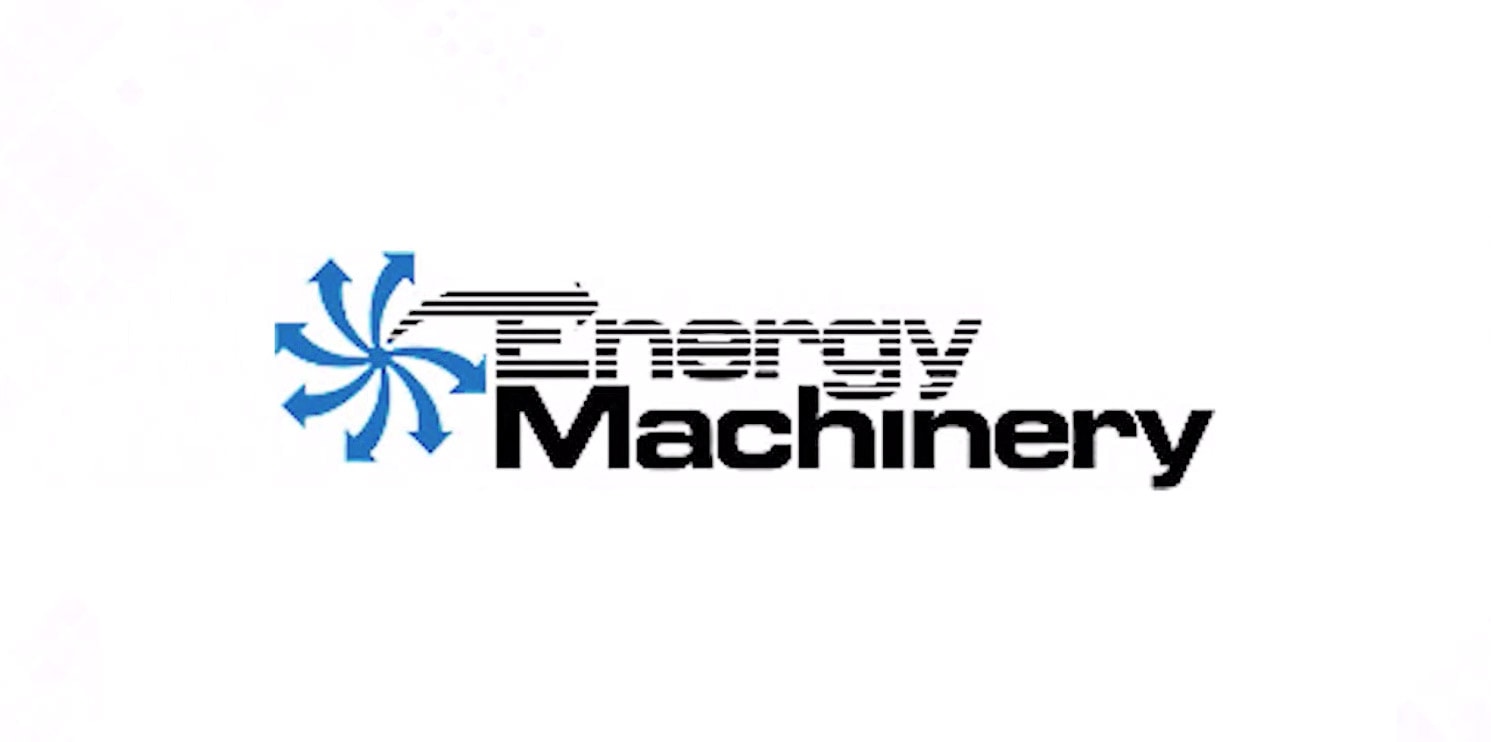How to Reduce Pressure Drop in Compressed Air Lines
Many industrial applications depend on compressed air, but it can be difficult to maintain the efficiency of the compressed air system and minimize pressure drop.
A pressure drop occurs when the pressure of the compressed air decreases as it moves through the air system. It can result in equipment damage, increased energy consumption, and poor productivity.
Here, we will explore the common causes of pressure drop and how to reduce it for efficient air compressor operation.
Understanding Pressure Drop in Compressed Air Lines
To effectively reduce pressure drop, it is critical to know the factors that cause it in the first place.
Pressure drop is defined as the difference between the air pressure discharged by the compressor and the actual pressure output at the point of use.
The following factors influence pressure drop:
- Friction: Friction between the compressed air and piping causes loss of pressure.
- Obstructions: Clogs, debris, sharp bends, or other obstructions restrict the flow of air through piping systems, resulting in pressure drop.
- Pipe Length and Diameter: The diameter and length of pipes within a compressed air system can result in resistance to the airflow, causing a loss of pressure.
- Fittings and Valves: Imprudent use of valves and fittings can also result in pressure drop.
Calculating Pressure Drop in Compressed Air Lines
Effectively reducing pressure drop requires an accurate calculation to identify pressure drop in compressed air lines. You can calculate pressure drop using this formula:
- dp = 7.57q1.85L 104 / (d5p)
In this formula, dp represents the pressure drop in kg/cm2, q is the airflow volume at atmospheric pressure (m3/min), L is the pipe length in meters, d is the inner diameter of the pipe in millimeters, and p is the rated initial absolute pressure in the system in kg/cm2. An online calculator can also provide fast and accurate results. Identifying pressure drop will allow you to determine the necessary steps to address your system’s pressure issues.
Tips for Reducing Pressure Drop in Compressed Air Lines
The following tips will help you reduce pressure drops in compressed air lines:
- Properly Sized Pipes and Components: Selecting the appropriate pipe diameter will reduce the friction within the compressed air lines. Reducing excessive fittings and valves can also reduce system obstructions.
- Efficient Design and Layout: Choose efficient design options, reduce the length of pipelines, and avoid sharp bends that can cause restrictions. Having an efficient layout can help minimize pressure drop.
- Air Quality and Moisture Control: Proper filtration can remove particles and contaminants from the compressed air lines. Controlling condensation and humidity can also assist in maintaining consistent air pressure.
- Energy-Efficient Practices: Optimize compressed air usage using pressure regulation and variable frequency drives (VFDs) to reduce energy consumption and pressure drop.
- Best Practices for Specific Applications: There is no perfect solution to reduce pressure drop in every industry and application. Implement the most ideal practices for your specific application.
Learn How to Reduce Pressure Drop With Energy Machinery
Reducing pressure drop is crucial to maintaining the energy efficiency, lifespan, and performance of your compressed air system. Understanding pressure drop and how to calculate it will help you address pressure drop in your system and provide a strategy to minimize it.
Consider the length and diameter of pipes and components in your system, minimize valves and fittings, and reduce excessive bends in the pipework to increase the efficiency and performance of your compressed air system. Preventing moisture and contaminants from entering your compressed air system and using VFDs or pressure regulation can also improve your compressor performance and efficiency.
Since 1971, Energy Machinery has been supplying and servicing compressed air equipment. We work with leading brands, including Zeks, Airtek, Champion, and Gardner Denver, to provide high-quality air compressor equipment and 24/7 emergency service to our customers throughout New England. Our 22,000-square-foot facility is stocked with quality spare parts of all major makes and models.
Our team here at Energy Machinery can assist in identifying and resolving your pressure drop issues. Contact us or request a quote for your compressed air needs.







